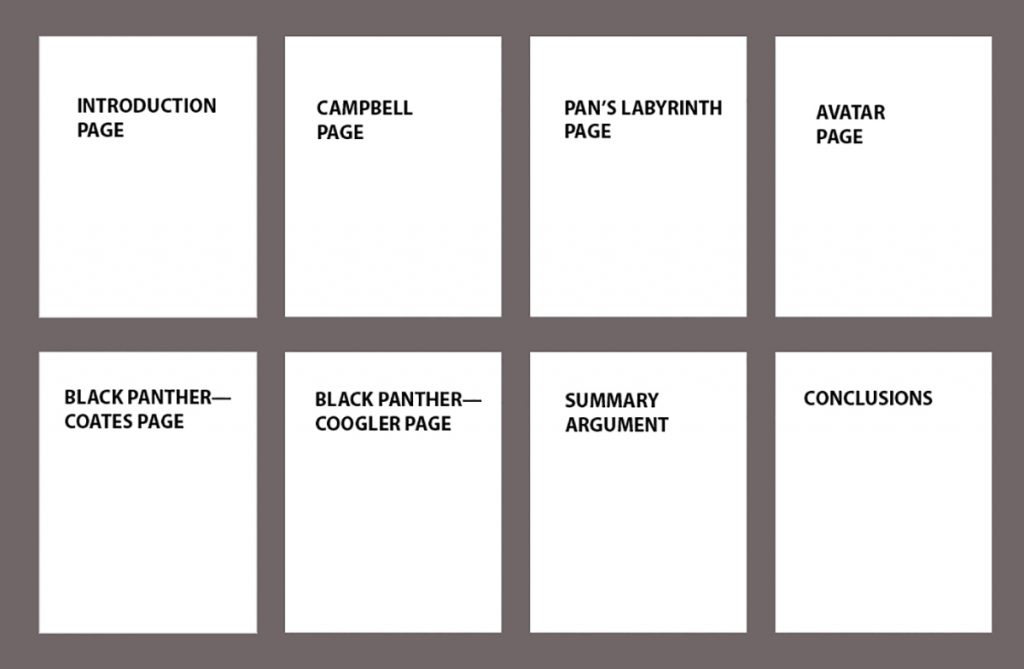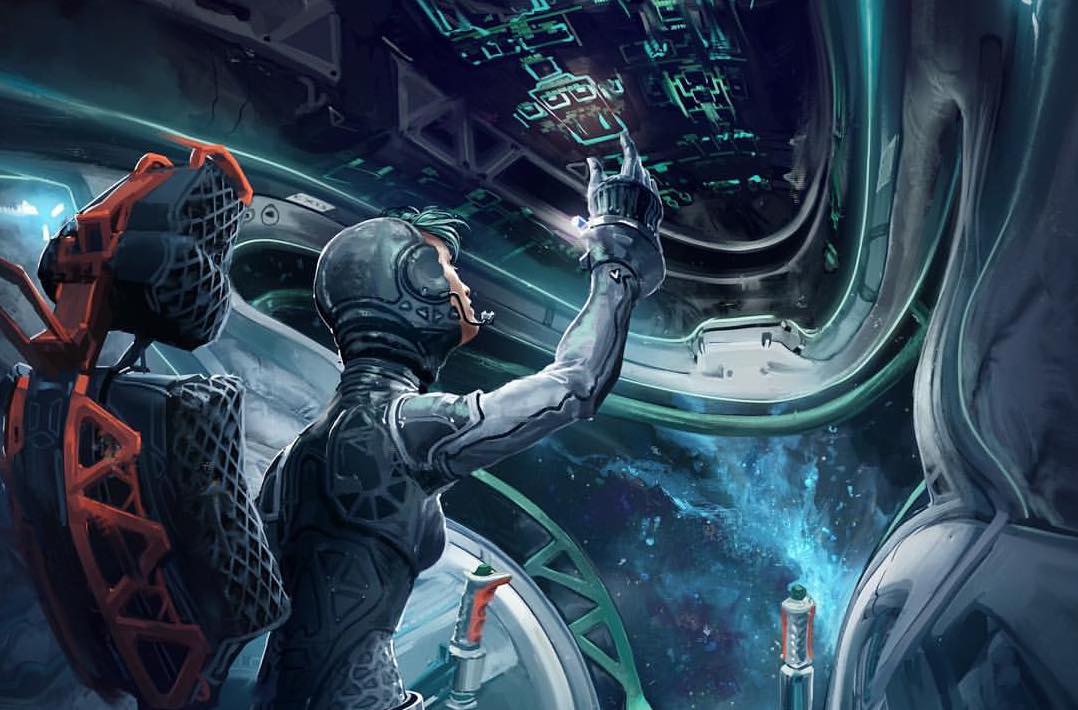FINAL VERSION as of April 23, 2019
Due Date and Length Requirement
Due Date: Wednesday, May 1, 2019 at 5 p.m. or sooner (not later) • Minimum Length: 2400 words (8-10 double-spaced pages)
Purpose
The purpose of your second Synthesis Paper (which you can think of as your final assignment) is to give you a chance to draw together the works we have discussed the second half of the semester according to a particular coherent theme or pattern that interests you and allows you to pay adequate attention to each work.
General Expectations
As in any college writing assignment, you will be judged according to your explanatory skills, your creativity, and your ability to write standard academic English prose (yes—sentence structure, paragraphs, grammar, spelling, etc.). If you are already aware that any of these areas is a personal weakness, be sure to work on those challenges with a tutor at the Writing Center or via online resources.
Possible Choices for Content
In your Second Synthesis Paper you do NOT have to include discussion regarding each of the works we have studied in the second half of the semester. You are certainly welcome to do so if this seems like the best way for you either to explore the integrating elements of these works or simply as a way to assure yourself that you have enough content to focus on in writing. Such a project will be your first option for your paper topic.
Option 1: Overview
As I suggest above, one possible way to explore the material we have covered during the second half of our semester is to present an overview (with some topical focus) of the works we watched and read since Spring Break. In other words, what do Campbell’s Cosmogonic half of Hero, Gibson’s Neuromancer, and the Wachowskis’ Matrix movies have in common? The choice of topic to tie all of this together is up to you. I will provide some other possible focus topics below.
Option 2: Campbell’s Cosmogonic Cycles
One specific way to tie our works together is to use the second half of Campbell’s Hero book (remember, it is NOT a novel, so don’t refer to it as one—just say “Campbell’s book”) as your primary focus, bringing in Neuromancer, the Matrix movies, or all of these together as the subject matter for illustrating Campbell’s argument.
In other words, how do Neuromancer or the Matrix movies (or all together) develop the Cosmogonic background of the Hero’s journey? Chase and Neo are technically the heroes of these works, but you may explore any other significant characters in addition to or in relation to Chase or Neo or both.
What is the SOURCE that either Case or Neo or both are emanating out of and perhaps dissolving back into? Remember, the Matrix movies continually repeat the expression “back to the source.”
Option 3: The Illusion of Separation
The primary insight of Joseph Campbell’s cosmology (and his comogony) is his recognition that an emphasis on the Illusion of Separation is inherent in many of the myths, past and present, that have informed humanity’s understanding of ourselves and our place in the world. Advaita Vedanta is one such cosmological system.
In what ways does Gibson’s Neuromancer or the Wachowskis’ Matrix movies (or Gibson and the Wachowskis together) express such a vision, seeing our primary problem as the belief that we (whether as defined by sex, race, nationality, religion, etc.) are fundamentally separate from each other and/or the universe we participate in.
Option #4: Your Choice
If you have an approach to the movies and books (or one that stands out to you in particular) that we have studied since the midterm, feel free to use that as your thesis guide for this assignment.
As always, you will still need to present a well-developed, compelling argument presented in academically appropriate grammar, mechanics, syntax, and so on.
If you would like, you may include some multimedia component to your essay while keeping the essay itself as your main medium of presentation.
If you have any questions, please feel free to email me for more input and guidance.
• • •
But How Do I Write 8-10 Pages?
Frequently, when someone is asked to take on a task that they are not familiar with, it is difficult to imagine how to even get started. This is no different for writing essays.
What I often suggest is that you visualize a map of your paper, seeing all eight (or ten) pages before you with each page dedicated to a particular portion of your overall task. So I am using the image that I had created for the midterm of a paper laid out before you on a desktop just to give you such a visualizing opportunity (obviously, you will use the works from the second half of the semester and NOT the ones listed in this image):

If you imagine writing at least one full page for each work we have studied so far—making sure that your discussion of each work develops your overall thesis or topic—then the weight of imagining some abstract eight-page paper might appear (literally) less daunting.
Now, you don’t necessarily have to organize your paper one movie at a time, of course. You might rather organize your argument according to topics—such as stages of the Cosmogonic Cycle—and then discuss the works in light of these points of focus.
• • •
Important Links
- The One, Shape-Shifting yet Marvelously Constant Story
- The Vedic Roots of Joseph Campbell’s Dance of Eternity and Time
- Campbell’s Cosmogonic Cycle (in his own words)
- Campbell’s Cosmogonic Cycle (compiled from ReverseGear.com)
- Neuromancer Study Guide (Prof. Paul Brians)
- Wikipedia Neuromancer Page
- Philosophy and the Matrix – Return to the Source (Full Documentary)



Pingback: Final Lecture - OU-Groov